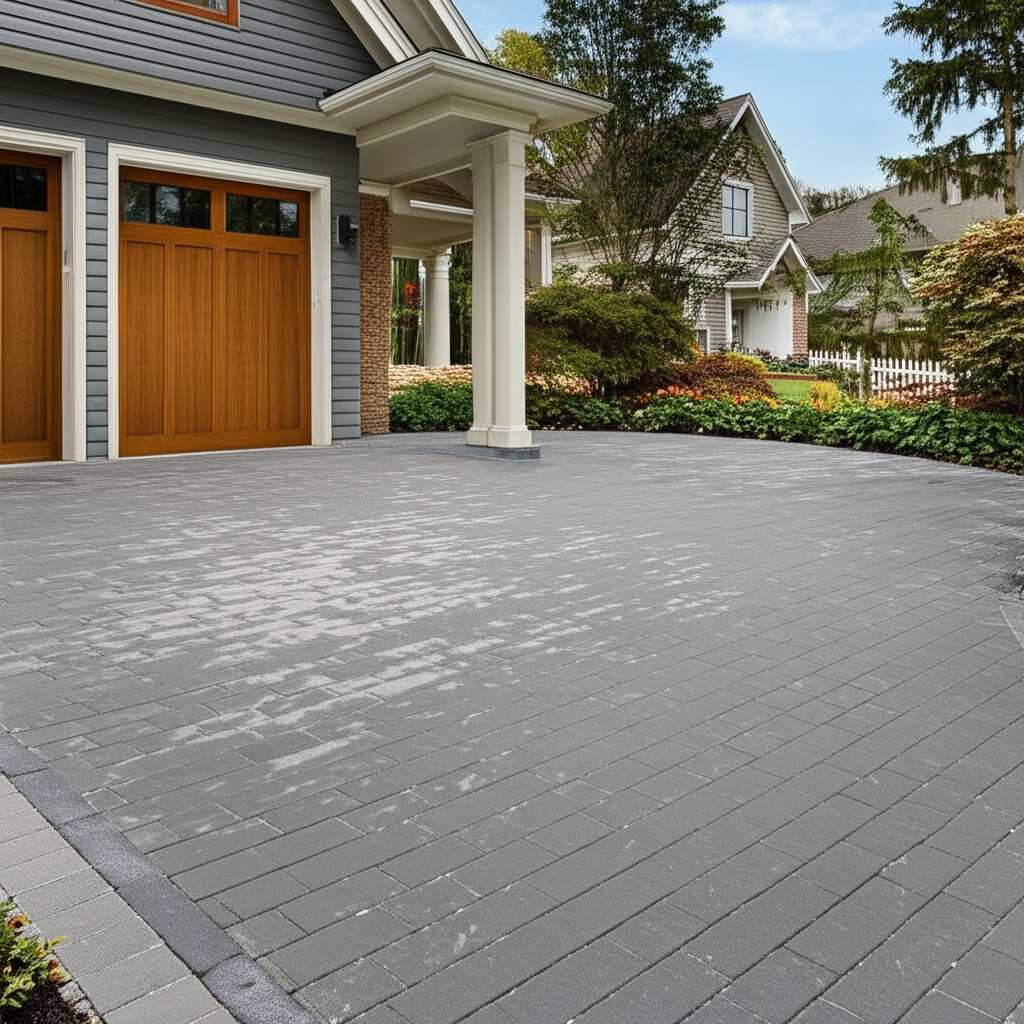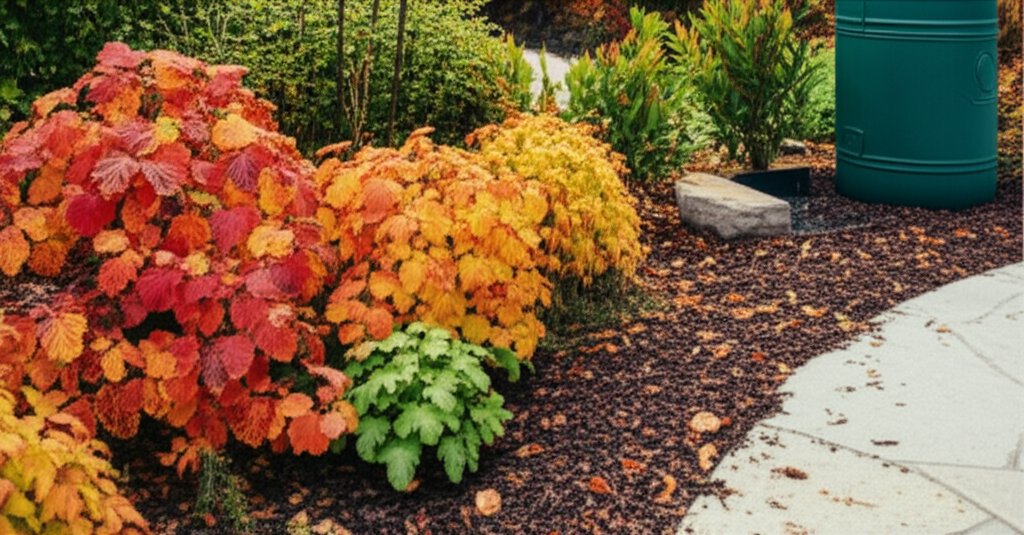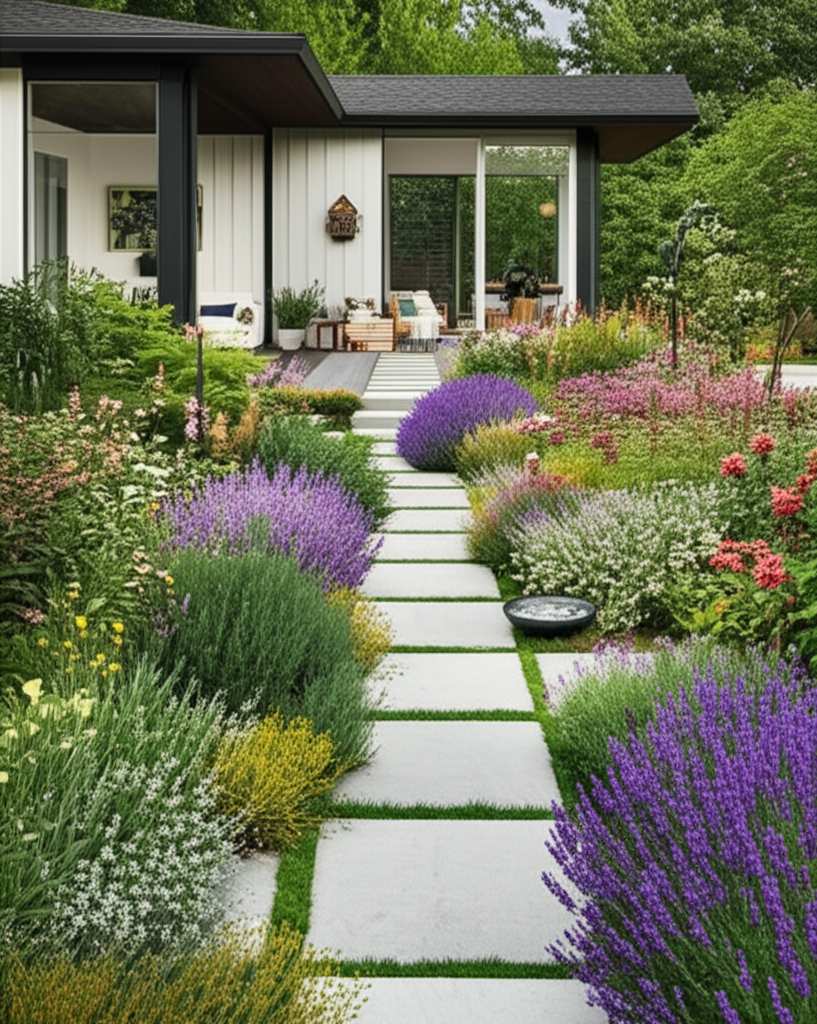Permeable Paving: Prevent Flooding While Enhancing Your Landscape
After a heavy rain, water in your garden follows predictable paths, pooling in low areas and seeking surfaces that allow it to seep through. Traditional concrete and asphalt block this natural flow, turning driveways and patios into temporary ponds that frustrate homeowners. Permeable paving offers a smarter alternative, one that integrates drainage with aesthetic appeal to create functional outdoor spaces.
This approach not only manages water effectively but also elevates the overall design of your property. Homeowners who choose permeable paving discover that it solves practical problems while adding visual interest, making landscapes more resilient and inviting.
Understanding Permeable Paving
Permeable paving consists of surfaces engineered to allow rainwater to infiltrate the ground below, rather than creating runoff. Materials incorporate gaps or porous structures, supported by a layered base that facilitates drainage into the soil. This design reduces flooding risks, alleviates strain on municipal storm systems, and promotes groundwater recharge, which benefits local ecosystems.
Professionals in landscape design often recommend this method for its ability to mimic natural water cycles. You maintain the durability of a paved area while providing water with an efficient pathway, resulting in drier surfaces and healthier soil.
Exploring Styles and Materials
Various permeable paving options suit different aesthetic preferences and usage needs, allowing you to select materials that complement your home's style.
- Permeable pavers: Concrete or stone blocks spaced with joints filled by gravel, sand, or grass enable water to drain between them. These provide a classic appearance similar to standard pavers but excel in high-traffic areas like driveways, where they handle vehicle weight without compromising permeability.
- Porous concrete or asphalt: Formulated with larger aggregates and fewer fines, these create interconnected voids for water passage. Ideal for contemporary settings, they offer a smooth, uniform finish that integrates seamlessly with minimalist architecture.
- Gravel stabilized with grids: Plastic or concrete grids contain gravel to prevent shifting, forming a stable yet permeable surface. This option suits rustic or natural landscapes, where it blends with surrounding greenery and requires minimal upkeep.
- Grass pavers: Grid systems filled with soil and seeded grass create a living pavement that supports occasional foot or vehicle traffic. They enhance biodiversity by incorporating vegetation, making them perfect for eco-conscious designs that prioritize green space.
Each material brings unique benefits, from the formal elegance of pavers to the organic feel of grass grids. Select based on your property's soil type, expected traffic, and desired look to achieve optimal results.
Balancing Functionality and Aesthetics
Permeable paving proves that effective drainage does not require sacrificing style, as diverse patterns and textures allow for creative expression. For instance, arrange permeable pavers in herringbone patterns with contrasting joint fills to add geometric interest to a patio. Alternatively, use porous concrete in curved layouts to guide pathways through gardens, creating a modern flow that directs water naturally.
Integrate these elements across your landscape for cohesion, such as matching gravel accents in paths to stone features in retaining walls. This unified approach transforms necessary drainage solutions into design highlights that enhance property value and curb appeal.
Key Practical Factors
Successful installation begins with a proper base layer of crushed stone or gravel, typically 6 to 12 inches deep depending on soil permeability and rainfall patterns in your area. Assess your site's conditions first: sandy soils drain quickly and may need shallower bases, while clay-heavy ground requires deeper layers to prevent saturation. Consult local guidelines to ensure compliance with building codes, which often favor permeable systems for their environmental advantages.
Maintenance involves simple routines to preserve permeability, such as sweeping debris quarterly and using a leaf blower to clear joints. For heavily used areas, schedule annual inspections to vacuum out accumulated sediment, which keeps the surface effective without extensive effort. Costs range from $5 to $15 per square foot, with gravel options at the lower end and custom pavers higher, yet the long-term savings from avoided flood damage often justify the expense.
Implementing Permeable Paving Step by Step
Start with a site evaluation to identify problem areas, such as low spots prone to pooling, and measure the space accurately. Choose materials that align with your budget and design goals, then prepare the base by excavating to the required depth and compacting layers of aggregate for stability.
Install the paving according to manufacturer specifications, ensuring even spacing for drainage. Finally, test the system after rainfall to confirm performance, adjusting as needed for complete satisfaction. This methodical process typically completes in one to two weeks for small projects, yielding immediate improvements in water management.
Why Choose Permeable Paving for Your Home
Permeable paving addresses flooding challenges while contributing to sustainable living, as it filters pollutants from runoff and supports healthier watersheds. At Dickinson's Garden Center, experts guide homeowners through selections that match specific needs, drawing on years of experience in creating resilient landscapes.
This solution empowers you to harmonize your outdoor spaces with nature, reducing maintenance hassles and enhancing enjoyment. Embrace permeable paving to protect your property and cultivate an environment that reflects thoughtful design.


